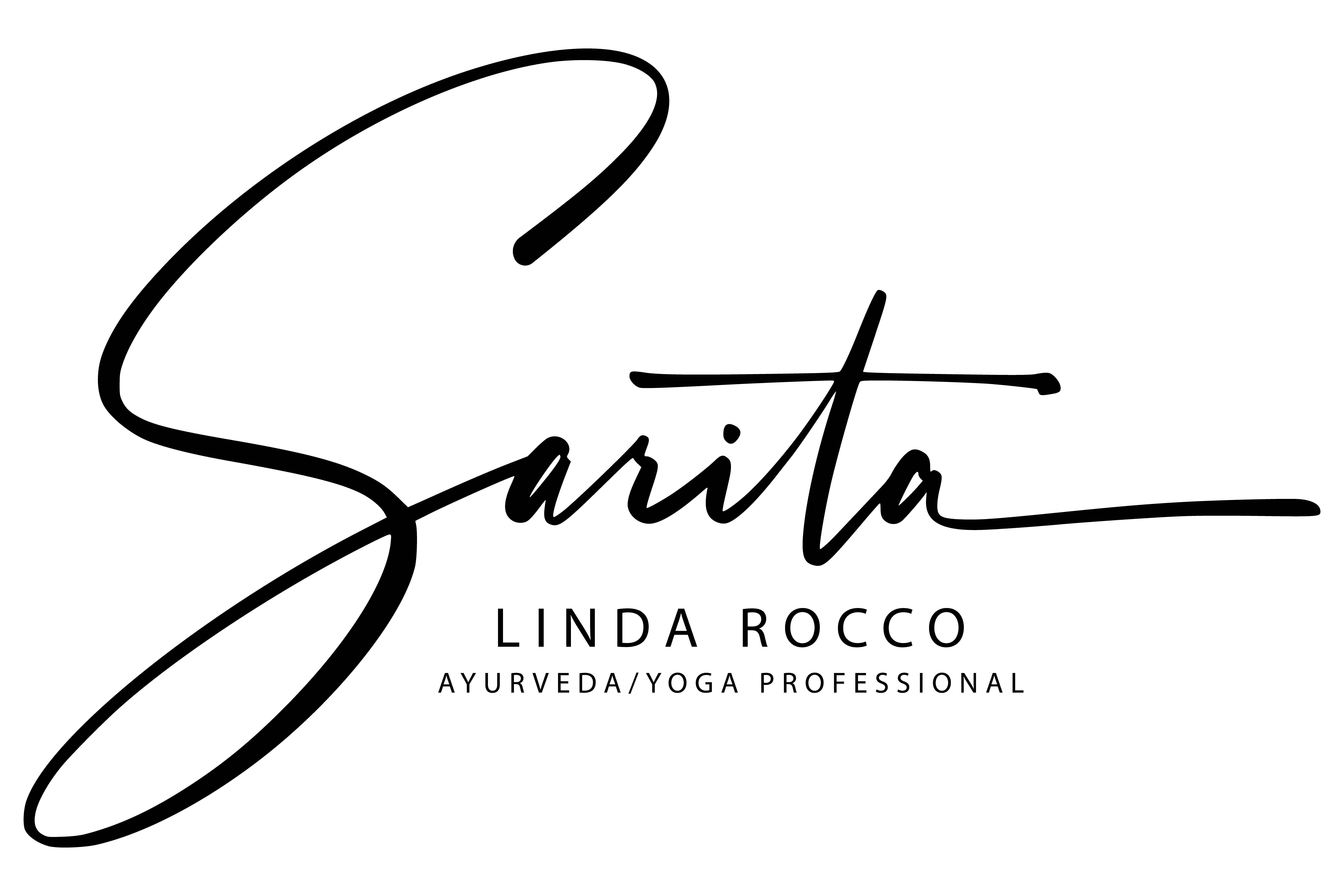The Hand of Sadhana- Ayurveda in the Wise Earth Tradition
- Sarita-Linda Rocco

- Nov 24, 2020
- 4 min read

The Wise Earth tradition of Ayurveda seeks to revive sadhana, those long lost, grass-roots practices that restore inner harmony by aligning us with the cosmic rhythms of nature. With these practices, food (annavidya), breath (pranavidya), and sound (mantravidya) become templates through which healing comes. Wise Earth’s vision is informed by the spiritual awakening of Maya Tiwari and based in the Vedas.
Today I am making kitchadi in the Wise Earth tradition. I measure the yellow mung dahl with my cupped hands. Rinsing the beans and rubbing them between my palms, I listen to the sound they create. I feel the smooth pearly essence of the basmati rice and hear it falling like rain between my fingers into the bowl. In Ayurveda, the hands are sacred organs of action, holding the pancha mahabhutas, the five great building blocks of life on each finger. The earth, air, fire, water and ether in our hands combine with these same elemental building blocks in our food. And so, we can participate in creation itself while preparing our food. In Ayurveda, food is medicine. Wise Earth teaches that food is that which heals.
I combine the yellow mung dahl and rice in the antique ceramic bowl my Italian mother and grandmother used for decades to prepare pasta and beans for our family. I am reminded that this marriage of grain and bean is universal to all civilizations. Simple practices like measuring with hands, rubbing rice between palms to rinse it, or grinding spices, awaken memories of the countless ancestors who have walked this path before us, leaving practices to show us the way. These practices are sadhana, those wholesome activities that align us with nature and stir our cosmic memories. As we take the grain and bean in our hands, we remember what it is to be fully human, feeling connection to the lineage of those who came before us.
I lift the cobalt blue suribachi and the wooden pestle from the window shelf and pinch the spices in a mudra , measuring the cumin, coriander, and fennel between my fingers. I release each spice, in turn, into the suribachi. The vibration of the pestle rubbing the seeds into powder becomes a sound meditation drawing me deeply in to my own heart. The bowl of the suribachi is para-shakti and the pestle is para-shiva; together they create the primordial balance of the divine masculine and feminine. Sometimes I squat close to the earth in malasana as I grind, my body taking the form that women have used for millennia to cook, eat, and give birth. I combine the powdered spices into a medley of color and the aroma reaches deep into my limbic brain and stirring this ancient awakening.
As my kitchen becomes awash with the scent of basmati, the aroma of the spices, and the bubbling ghee, I imbibe a feast of the senses. This symphony of sensory experience carries me deep into the cosmic memory of my place in the universe. I begin to chant and add my own vibrations to the sounds of the softly boiling rice, the seeds popping over the fire, and the gently bubbling ghee:
Ayam me hasto bhagavan Ayam me bhagavattarah Ayam me visvabheshajah Ayagan shivabhimarshanah
My hand is the Lord Boundlessly blissful is my hand This hand holds all the healing secrets And makes whole with its gentle touch - Rig Veda
As I combine the rice and bean, ghee and spice into a magnificent kitchadi, I offer the first bite to Brahman in a fire ceremony. Lighting the camphor, I lift my voice in gratitude:
Brahmarpanam brahma havih Brahmagnau brahmana hutum Brahmaiva tena gantavyam Brahmakaram samadhina
Brahman is the offering, Brahman is the oblation Poured out by Brahman into the fire of Brahman, Brahman is to be attained by the one who recognizes everything as Brahman. - Bhagavad Gita
My heart is filled with gratitude for these practices of sadhana, which recover the natural rhythms of life and re-align my being with the cycles of nature. And, in that spirit, I am offering this to you. Look at your hands. Delight in their beauty. Honor their ability to heal. Touch your food. Measure with your fingers. Use your hands to pound grain, to bring prana into your body. Practice sadhana. Remember who you truly are. And with this memory be made whole.
May the Universe never abuse food. Breath is food. The body eats food. The body rests on breath. Breath rests on the body. Food is resting on food. The one who knows this becomes rich in food and great in spirit. - Taittiriya Upanishad 11.7
Roberta Reeves has been carefully trained by Maya Tiwari at the Wise Earth School of Ayurveda to present Ayurvedic Programs in Wise Earth Tradition. Roberta is an exemplary Sadhaka-in-practice and a diplomate with the American Ayurvedic Association. She is also an affiliated Anusara Yoga teacher. She received her Master's Degree in Education from the College of William and Mary and has been a professional educator for twenty-five years.

Comments